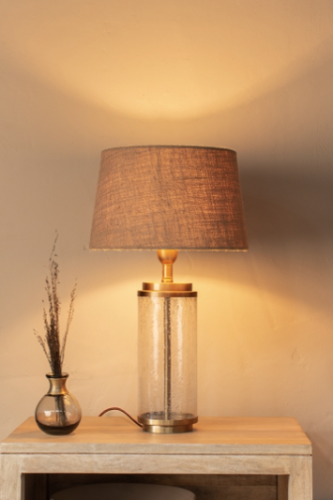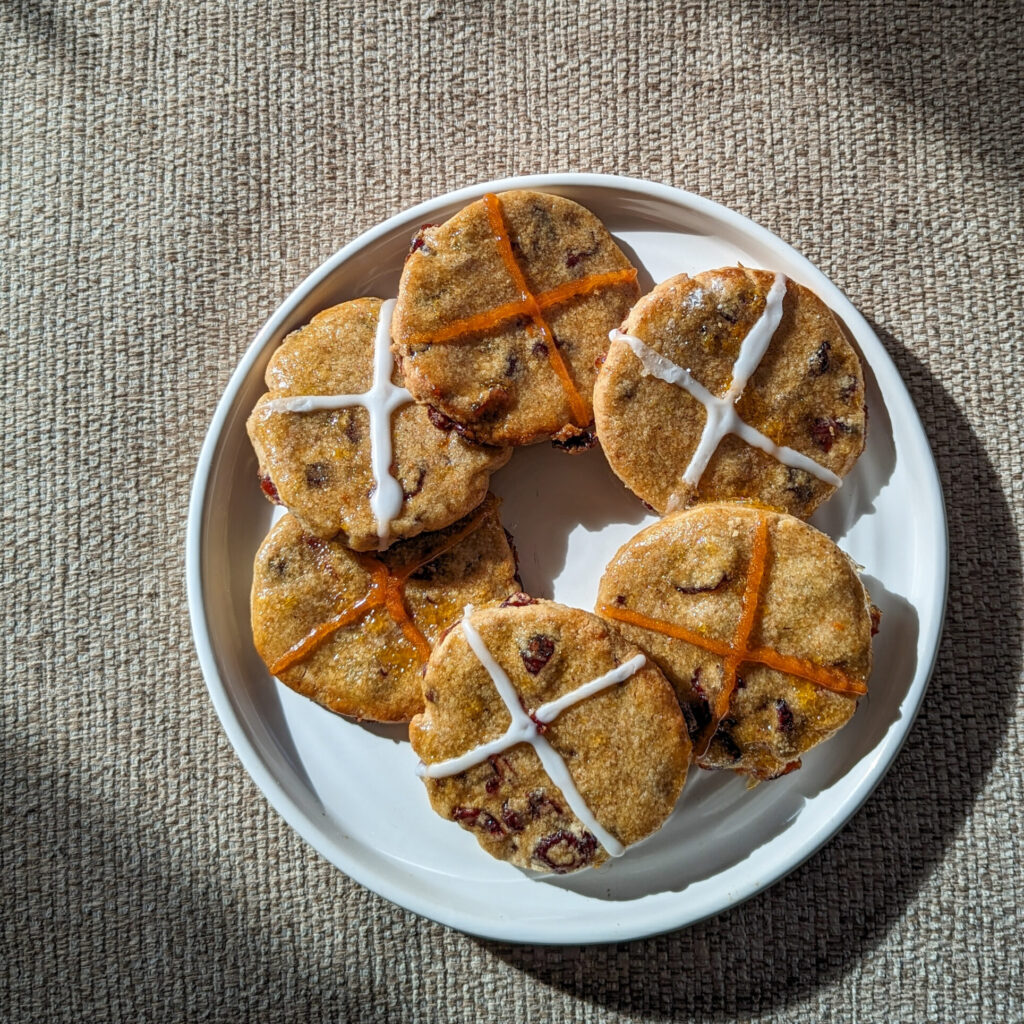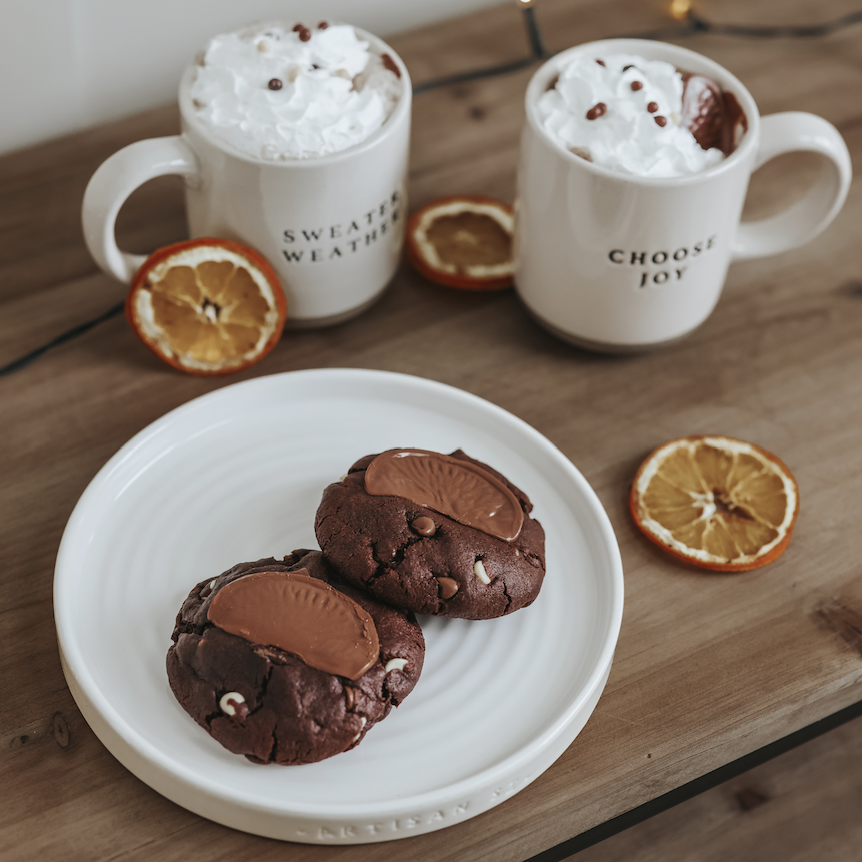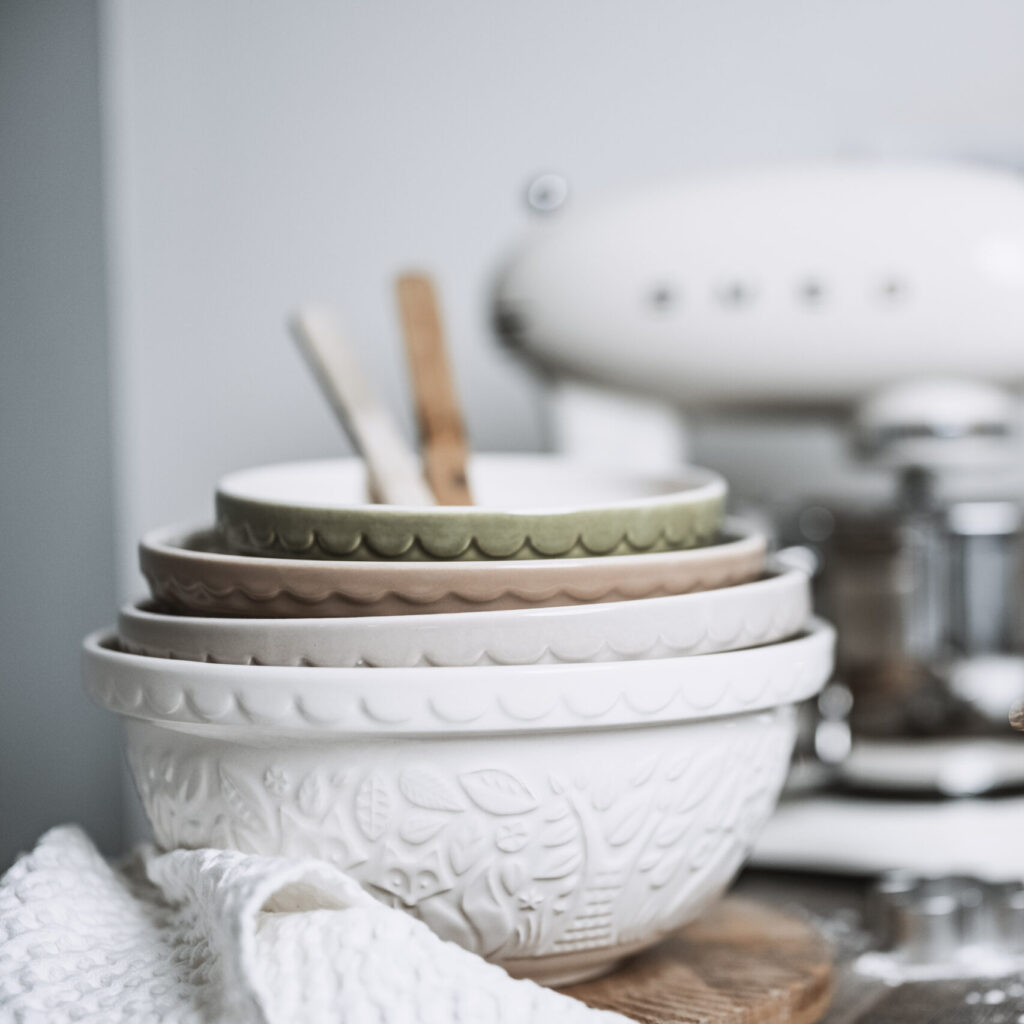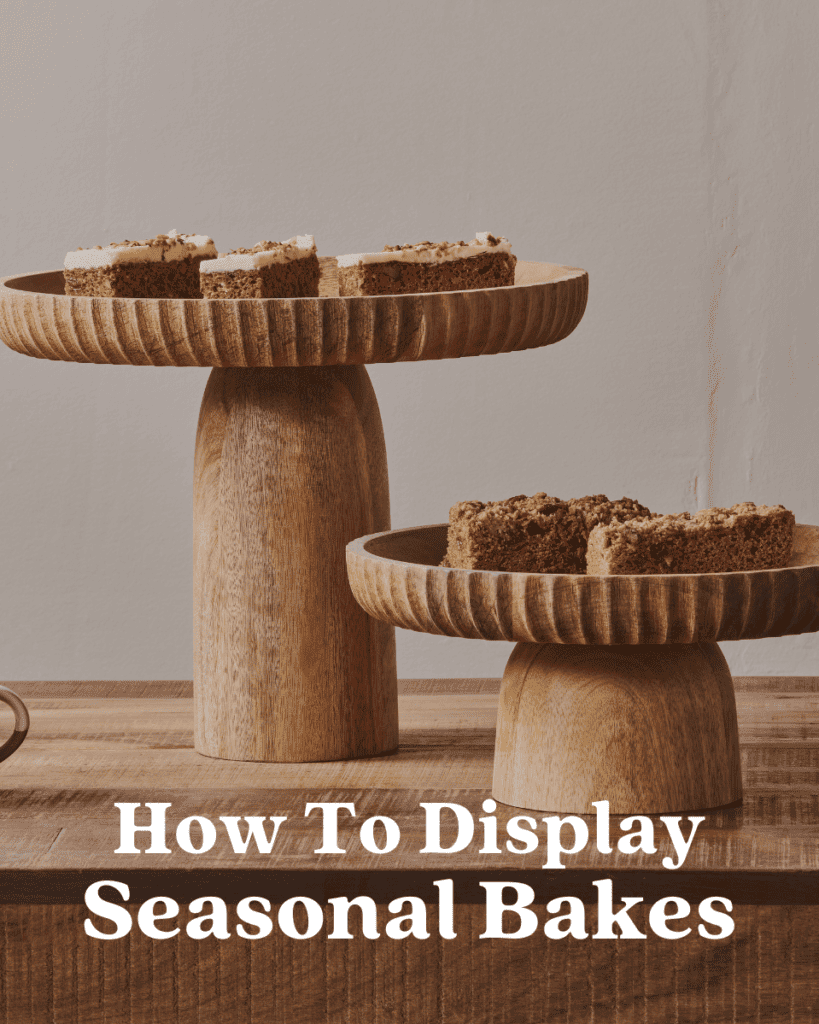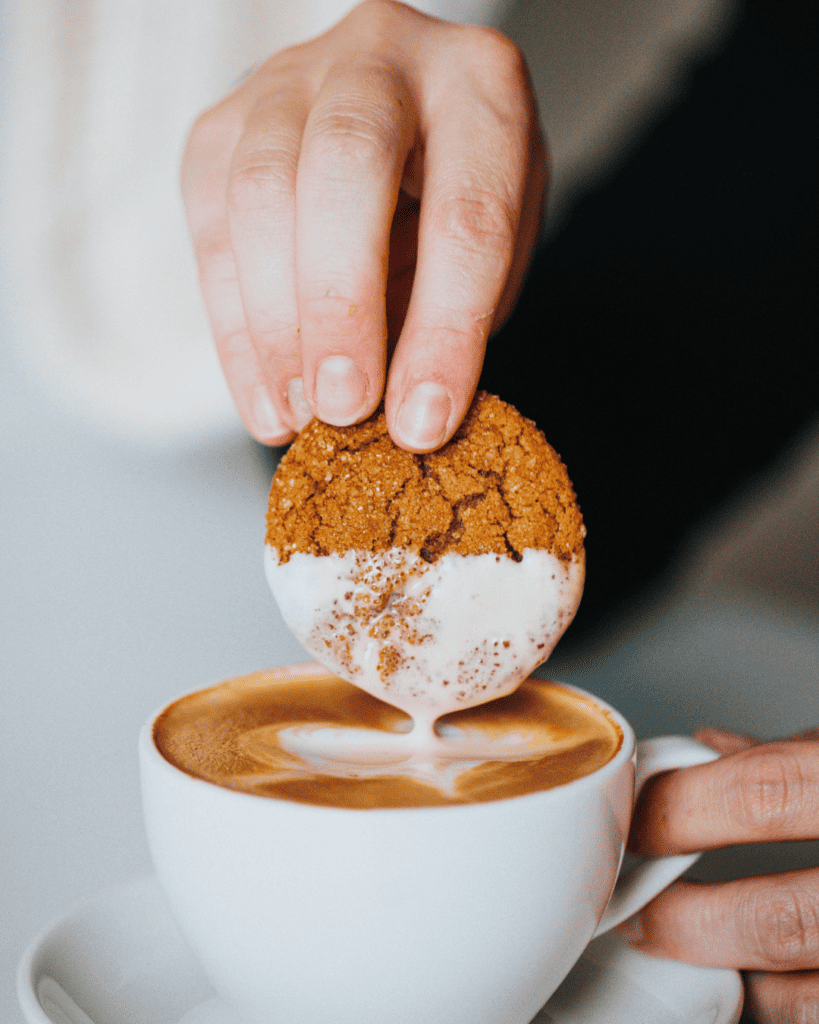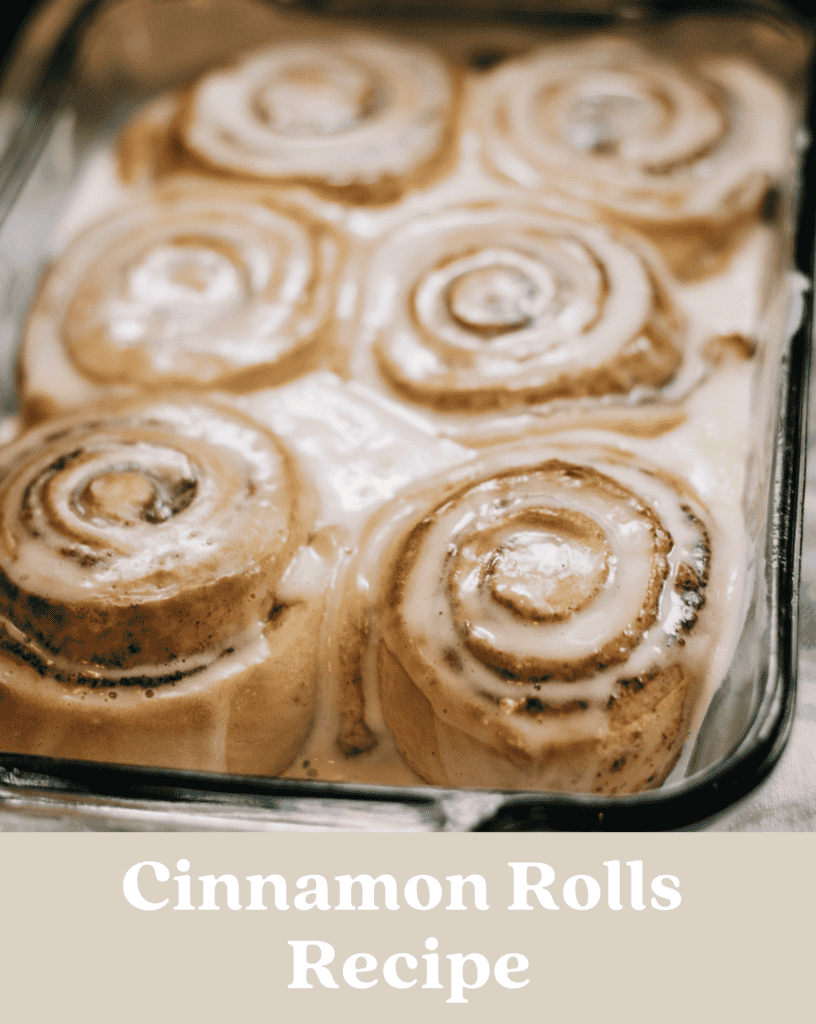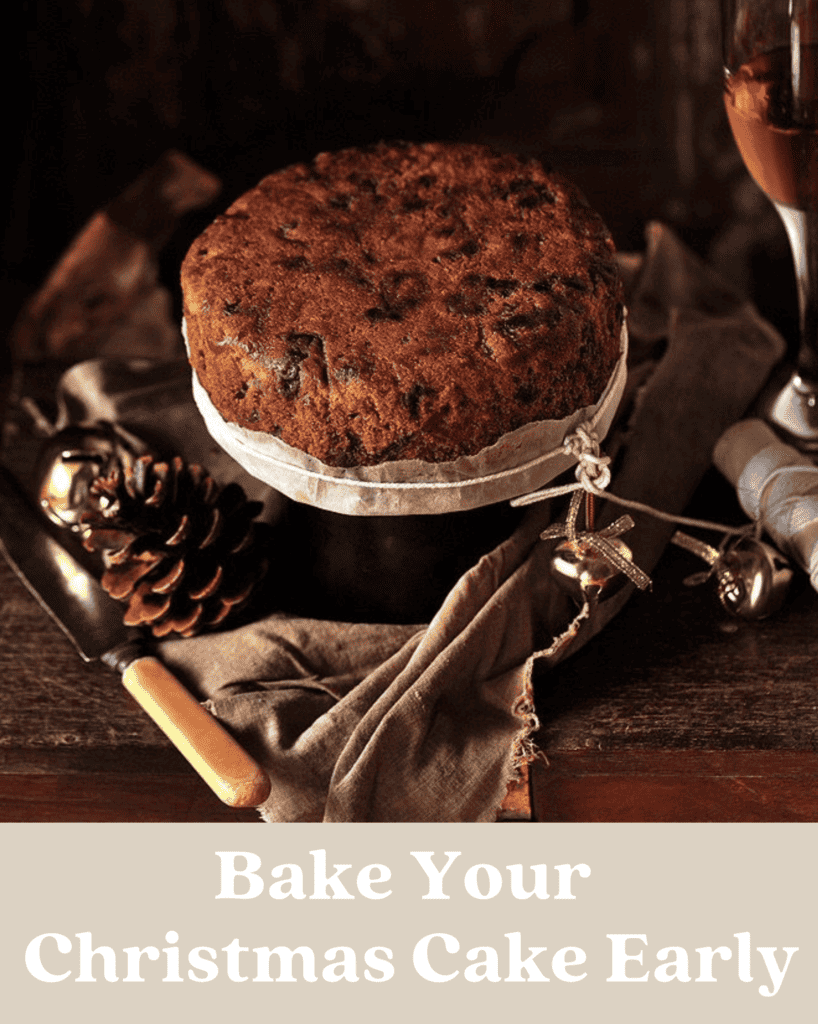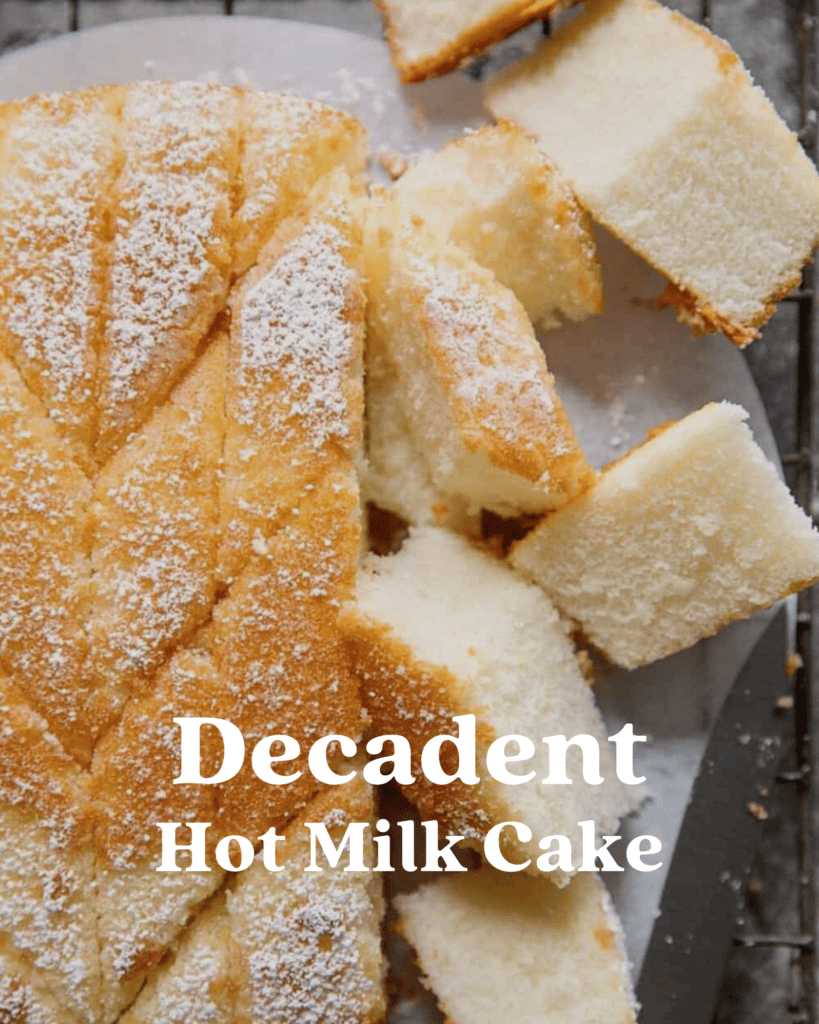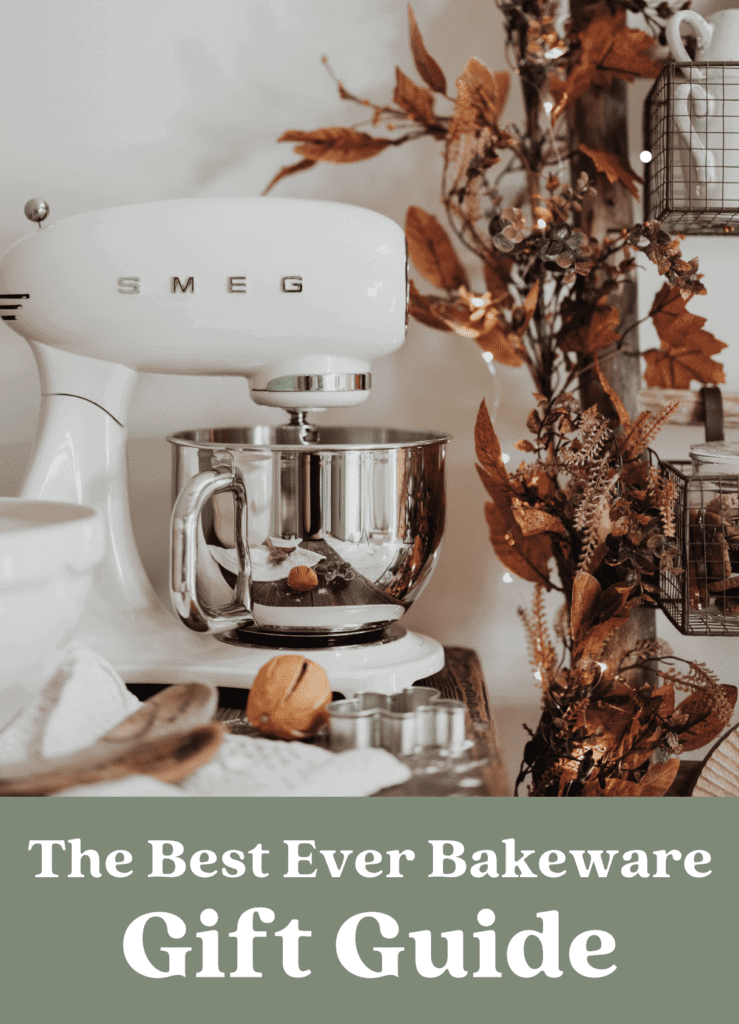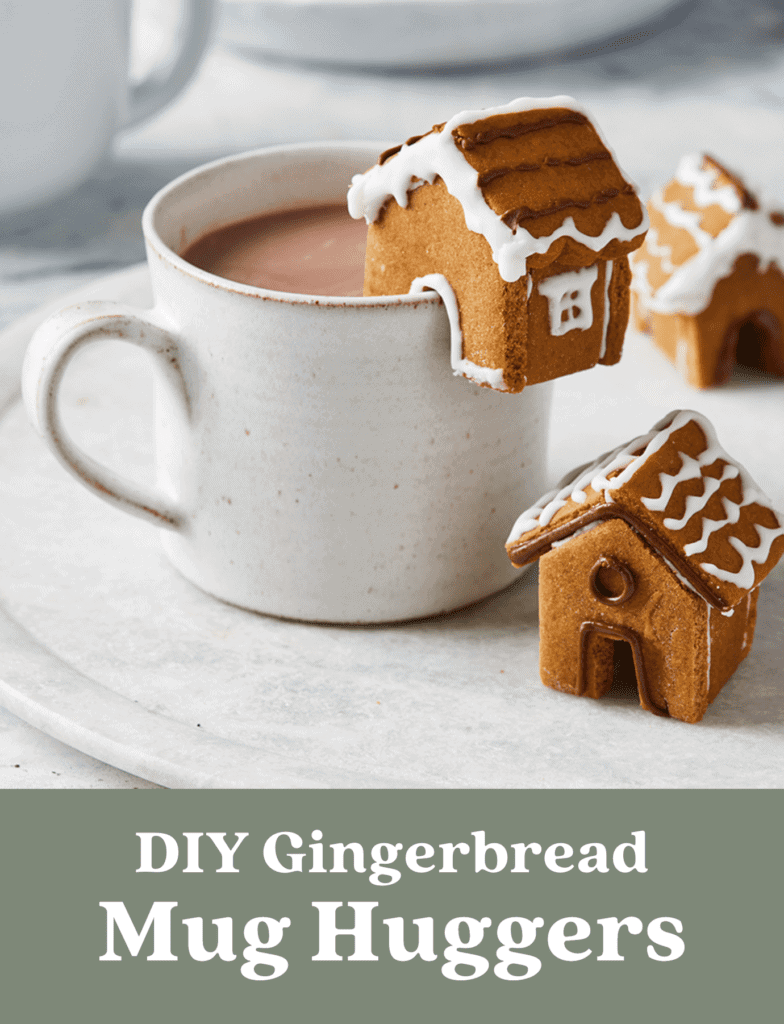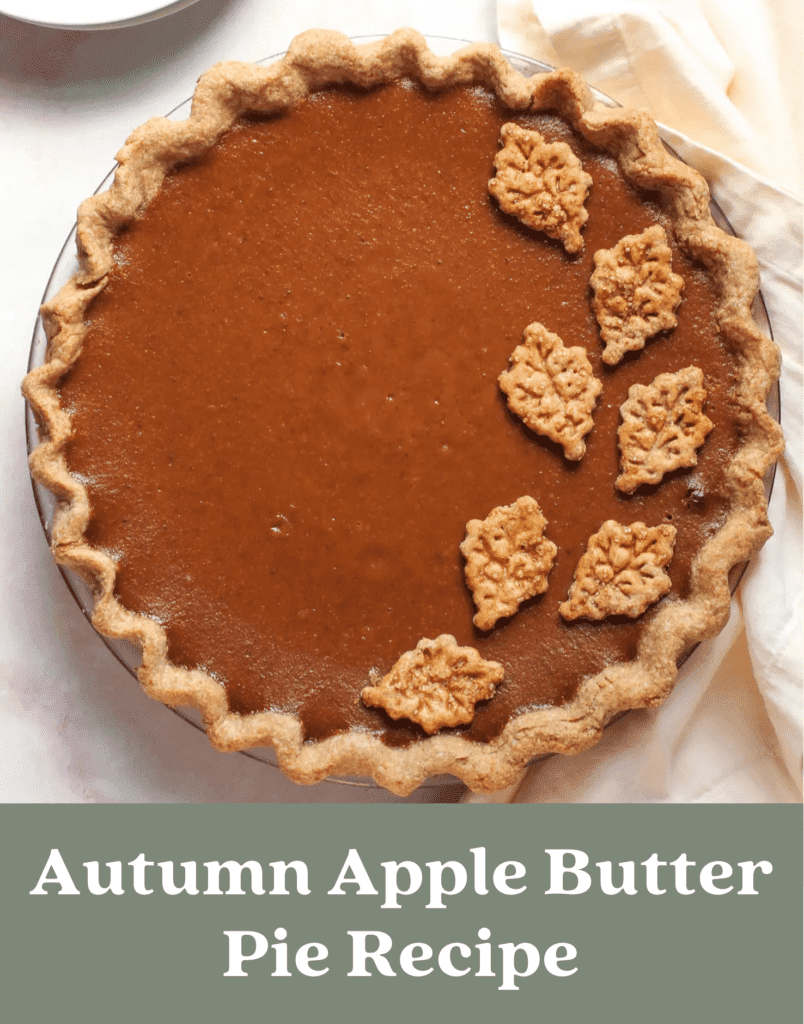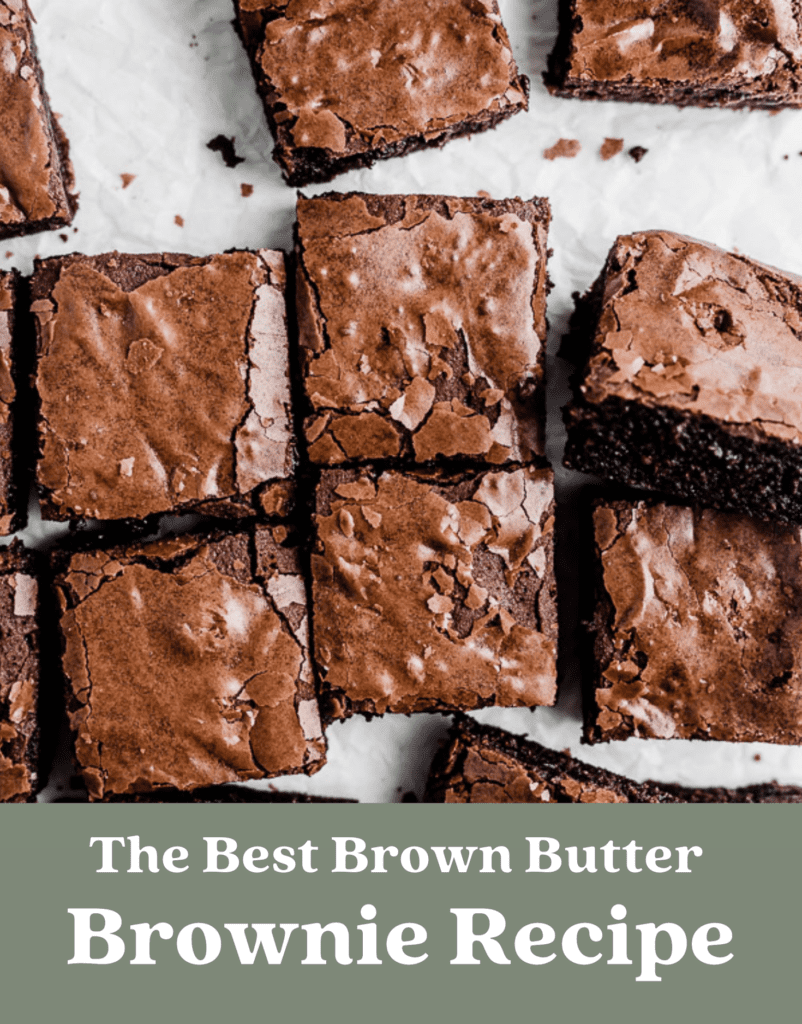So, as promised, I have spent the last week baking batch after batch of cookies in order to discover the deepest and darkest secrets as to why the nation’s favourite baked goods can fail so dramatically when we attempt to make them ourselves. I’ve tweaked the ingredients, the baking time, the method, the dough resting time and so on. In all honestly, I thought my family had lost their minds when they sat me down and begged me to “Stop baking cookies!”
Who actually wants somebody to stop baking cookies? What’s not to love about them? I mean seriously, they’re fun to eat, fun to bake, fun to dunk….What was I saying, again?
Ah yes so mid-intervention, I glanced around my kitchen, squinting through the flour-filled air, to see towers of cookies blocking out the TV, obstructing the cupboards and filling up 3/4 of the cold-cookie storage space that my relatives call the fridge. Embarrassed, I pushed a pile of chocolate chips to one side of the counter top and rested my head down in defeat. They were right, I really should stop!
But, of course, I didn’t and despite all the mess and clutter, I did achieve my goal. So there is no need to panic! I now know all the secret tips & tricks that you’ve been longing for all these years.
When I first came up with my hypothesis, I wanted to nail down the “Perfect Cookie Recipe”. I soon realised that this was an unachievable goal, as the perfect cookie doesn’t exist, it’s all down to personal preference. However, in general most people like them a little chewy in the middle, crispy on the outside and with chunky chocolate chips.
The closest thing I have ever found to my own personal perfect cookie is the Millie’s Cookies Oatmeal & Raisin cookie. The oats give it a unique texture and the chewy raisins compliment the doughines. Yes yes it’s all very good. If you’re looking for a store bought cookie, then I’ve got your back. After a laborious tasting session (sooo torturous) of the top ten ranked cookies in the UK, I can hands down say that Sainsbury’s Belgian Dark Chocolate & Hazelnut cookies were the clear winner; rustic looking, and chewy, not too sweet – perfection.
If buying some delicious cookies is enough to satisfy your cookie-needs then by all means, close down this post now and head to the corner shop. If, like myself, you don’t want to stop there, then please keep reading. What I’m about to reveal will have all your friends asking you for your secret cookie recipe, whether you give it up or not is your call!
So, without further ado, here are the results of my not-so-little, but oh-so-worth-it experiment!
So, I started off with a control recipe:
Ingredients:
1 cup + 1/2 tbsp all purpose flour
1/2 tsp baking powder
1/2 tsp salt
4 ounces butter
1/4 cup granulated sugar
1/4 cup packed brown sugar
1/2 tsp vanilla
1 egg
1 cup chocolate chips
Method:
1) Pre-heat the oven to 350°F, and line a baking tray with parchment paper.
2) In a bowl, combine flour, baking soda and salt.
3) In an electric mixer, beat the butter and sugars until light and creamy. Add the egg and vanilla.
4) Gradually add the flour mixture to the butter and sugar one, then stir in the chocolate chips.
5) Using two tablespoons, scoop out balls of dough and place them on to the baking sheet, evenly spaced.
6) Bake for 9-11 minutes, until they are golden brown, leave to cool for 2 minutes and then transfer to a cooling tray.
So, think of this as a manual for achieving cookies just the way you like them. Here’s what each ingredient brings to the recipe and what happens if you leave them out:
Flour
This provides the bulk structure of the cookie, altering the amount and type can massively change the texture and appearance. For example, if you use cake flour, which has a low protein content, there will be less gluten formation. This means that the cookies will be very soft and mushy.
If you use bread flour, which has a higher protein content, you will get very chewy cookies. Using less flour than butter will cause the cookies to spread very thin and become crispy, using extra flour will stop the cookies spreading so much and keep the centres very doughy.
Baking Powder & Soda
These introduce air into the structure of the cookies causing them to rise. So, which is better?
Baking soda is pure alkaline, which when combined with an acid it reacts very quickly and breaks down into carbon dioxide, puffing up the structure of the cookie; this creates denser cookies.
Baking powder is basically baking soda with the acids needed for a chemical reaction build in, it causes cakey cookies with smoother surfaces.
Salt
The vital ingredient that is often forgotten; it balances the ingredients. Too much can create a generally bad taste but too little can result in overly sweet cookies.
Butter
This enhances the flavour of the cookie more than any other ingredient. Too much causes flat, brittle and greasy cookies. Not enough will make them tough and crumbly.
Sugars
The type of sugar and the way its incorporated can massively change the chemical balance of the cookie. White sugar is crystallised sucrose, it is slightly hygroscopic and so retains moisture. It adds no leavening power and so doesn’t stop the cookie from spreading at all. Brown sugar is almost fully crystallised sucrose, but it also contains other elements such as glucose and fructose which cause its rich and nutty flavour. The acidity causes cookies to rise more and spread a little less.
Eggs
They bind the ingredients together and create the moistness and chewy texture that we all love so much. So, which is better, the white or the yolk? My head is a bit scrambled when it comes to this one.
Whites provide water and protein, which traps bubbles of air causing the cookie to rise more yolks provide protein and an essential fat, one cooked they create a tenderness that gives a fudge taste and texture. Turns out Mother Nature got this one spot on, the perfect ratio of whites to yolk is 1:1, how lucky.
So, there you have it. A breakdown of the structure of a cookie, simply identify the qualities you like the best or really want to avoid and tweak your ingredients accordingly. Remember, cooking is an art, baking is a science, so your experiments may take a little time before you’re satisfied. Create your own recipes and be sure to share the results, happy baking and may all your cookies turn out spiffingly.

